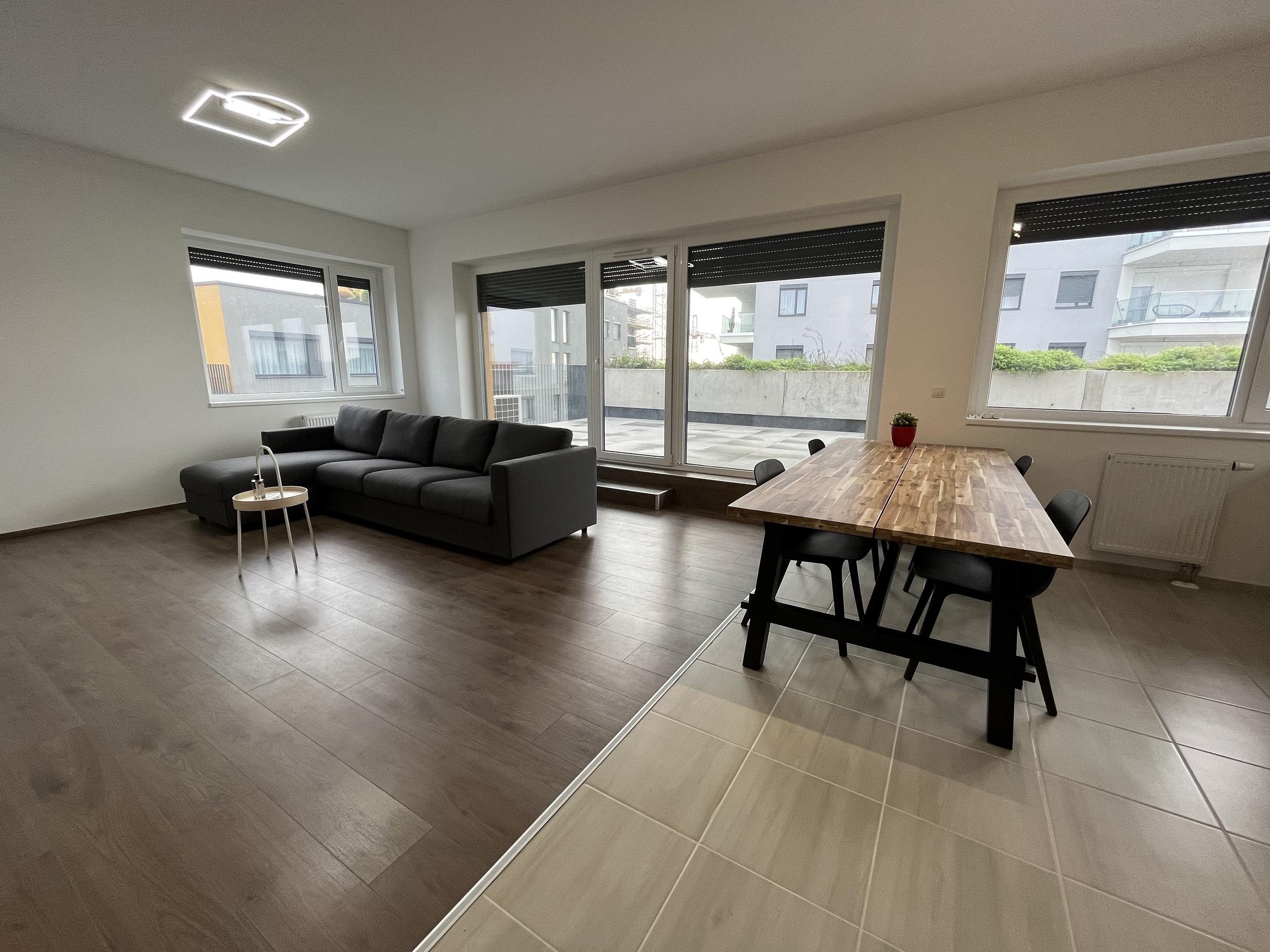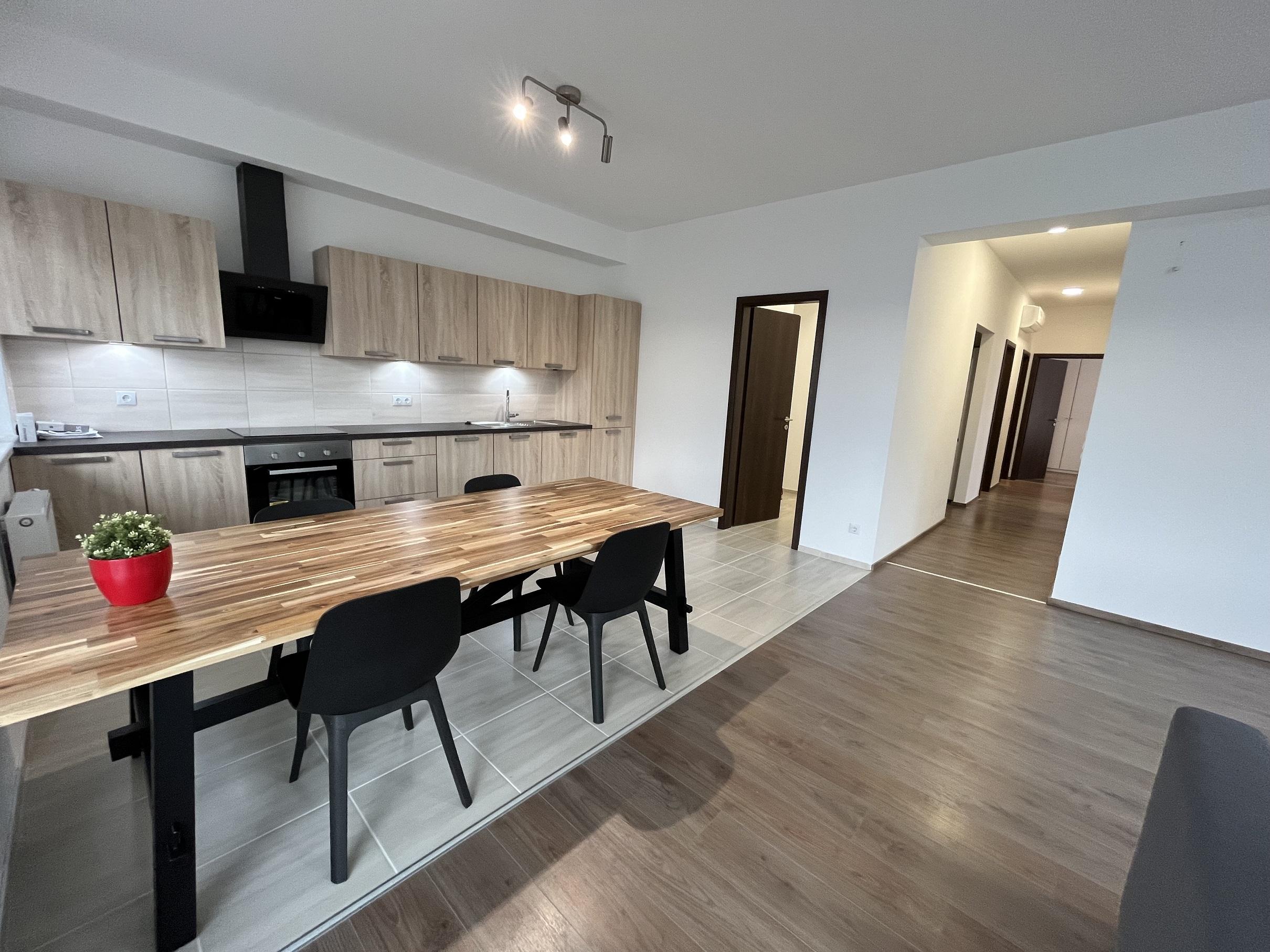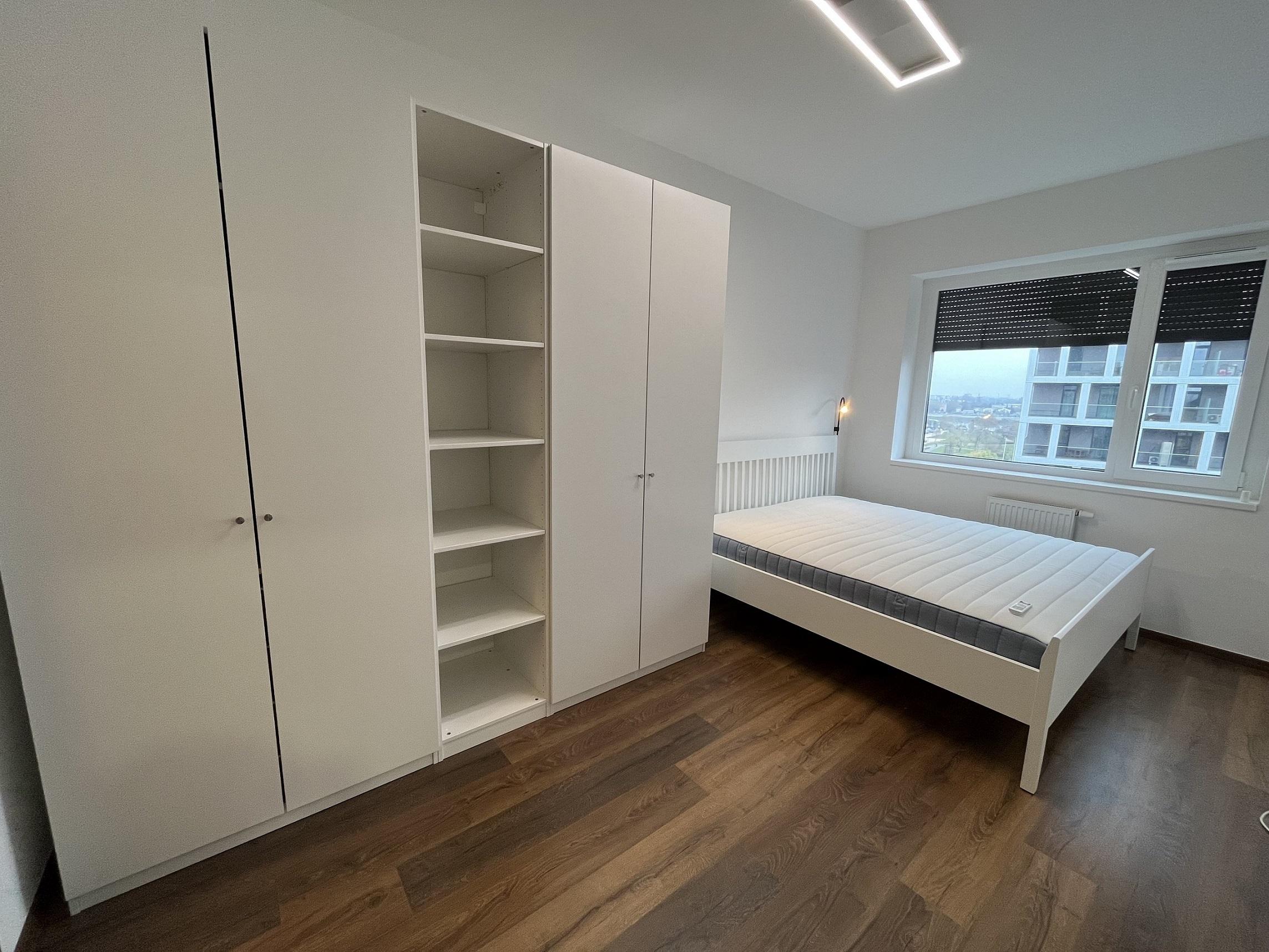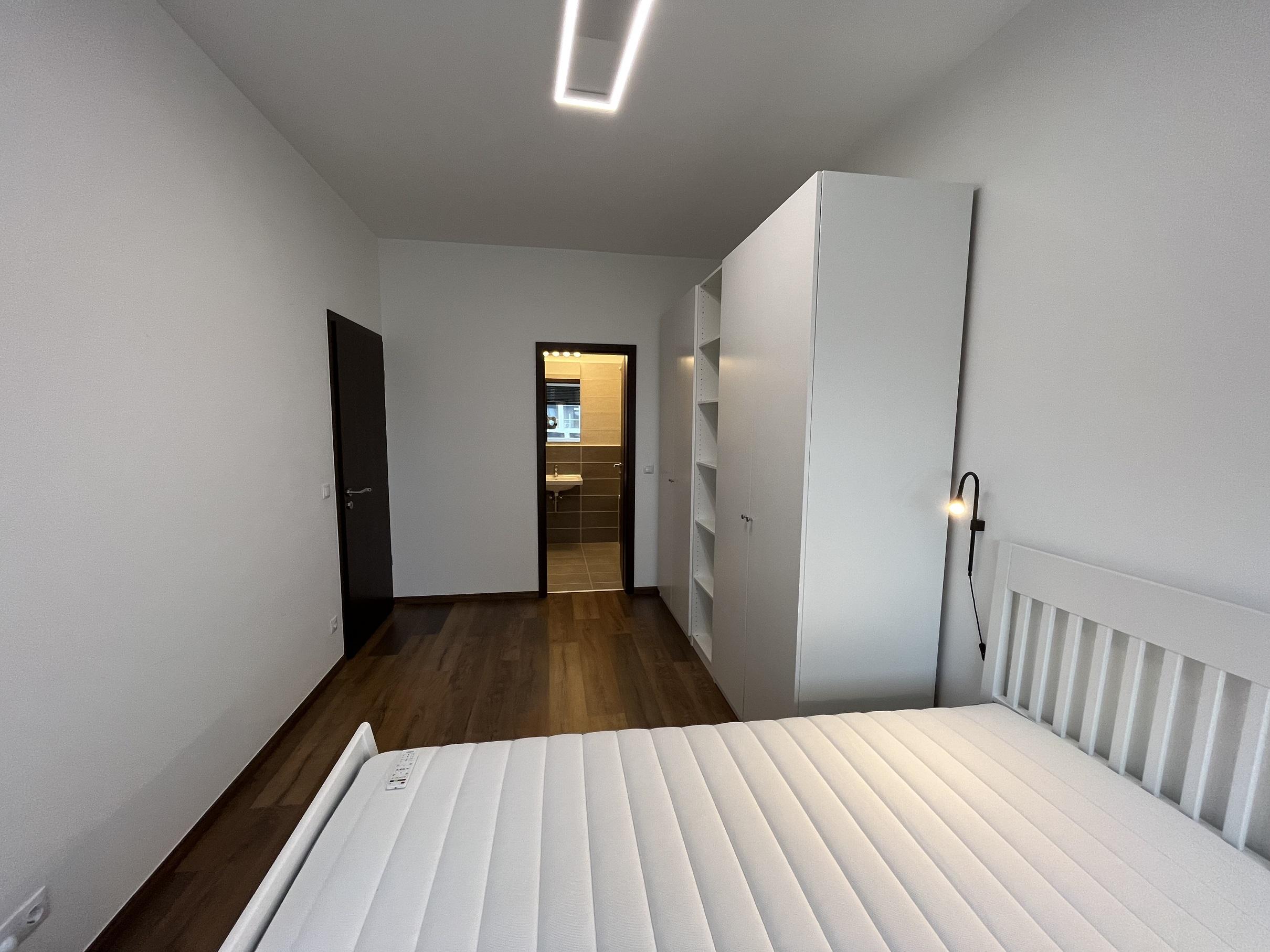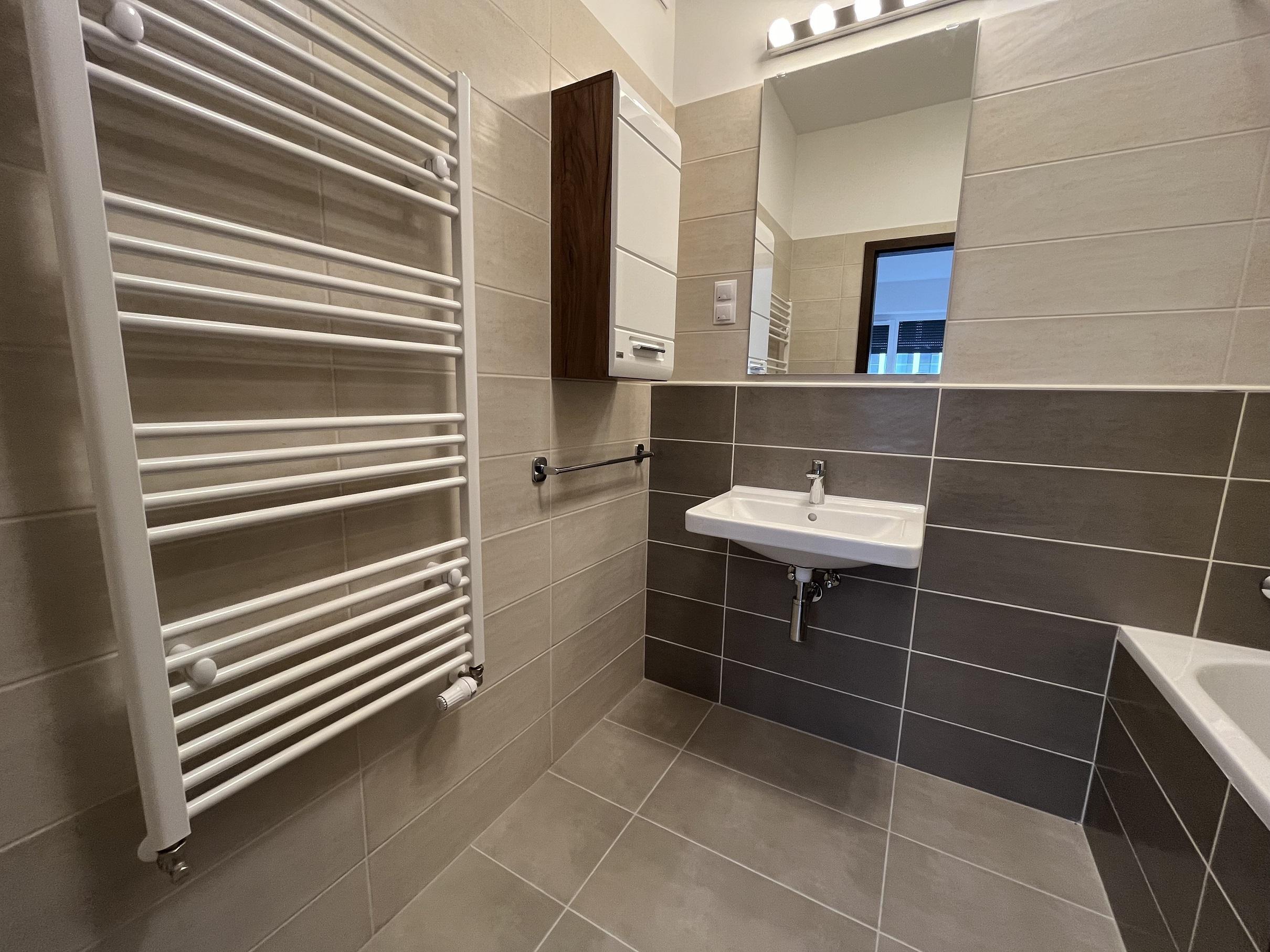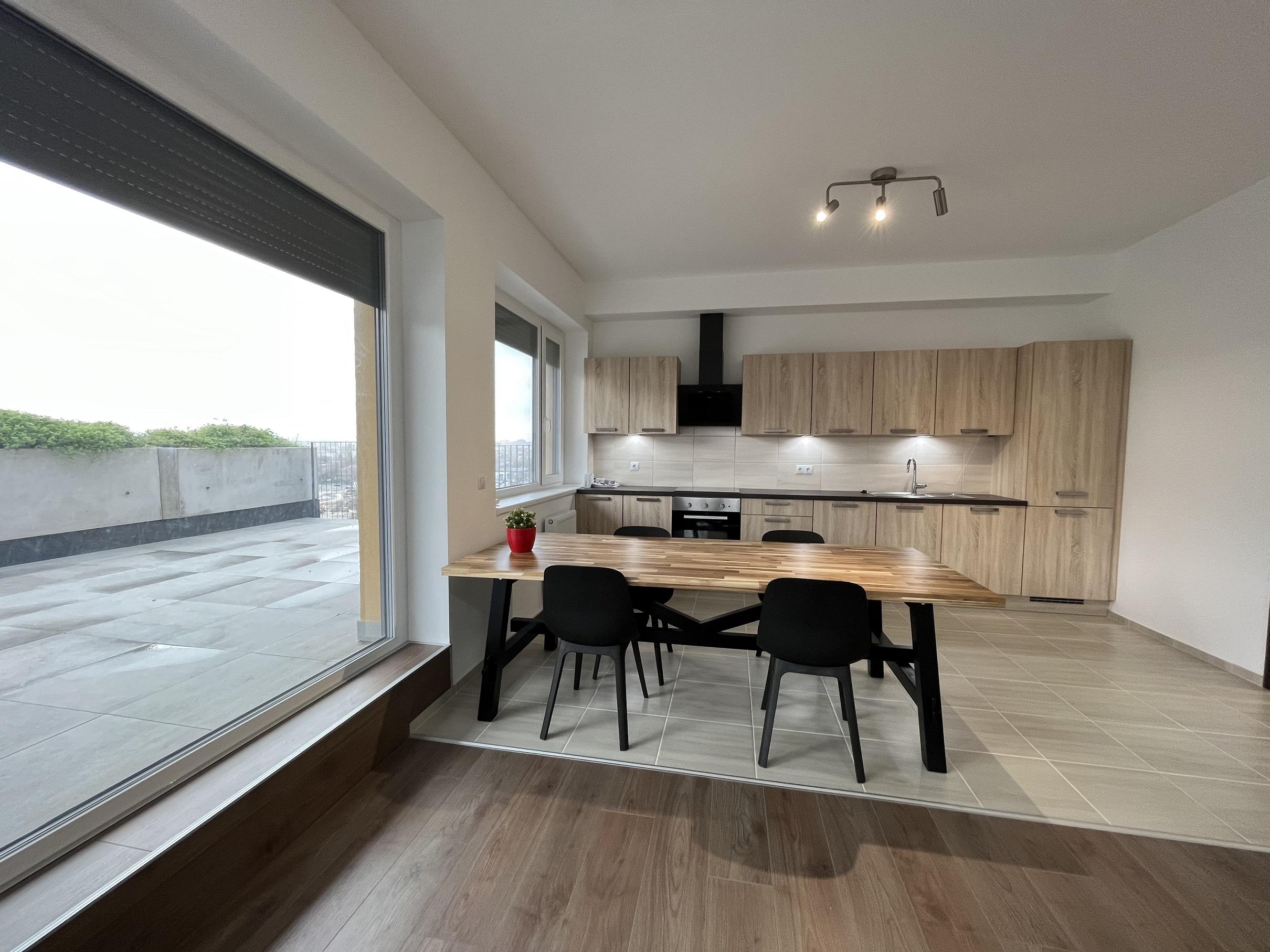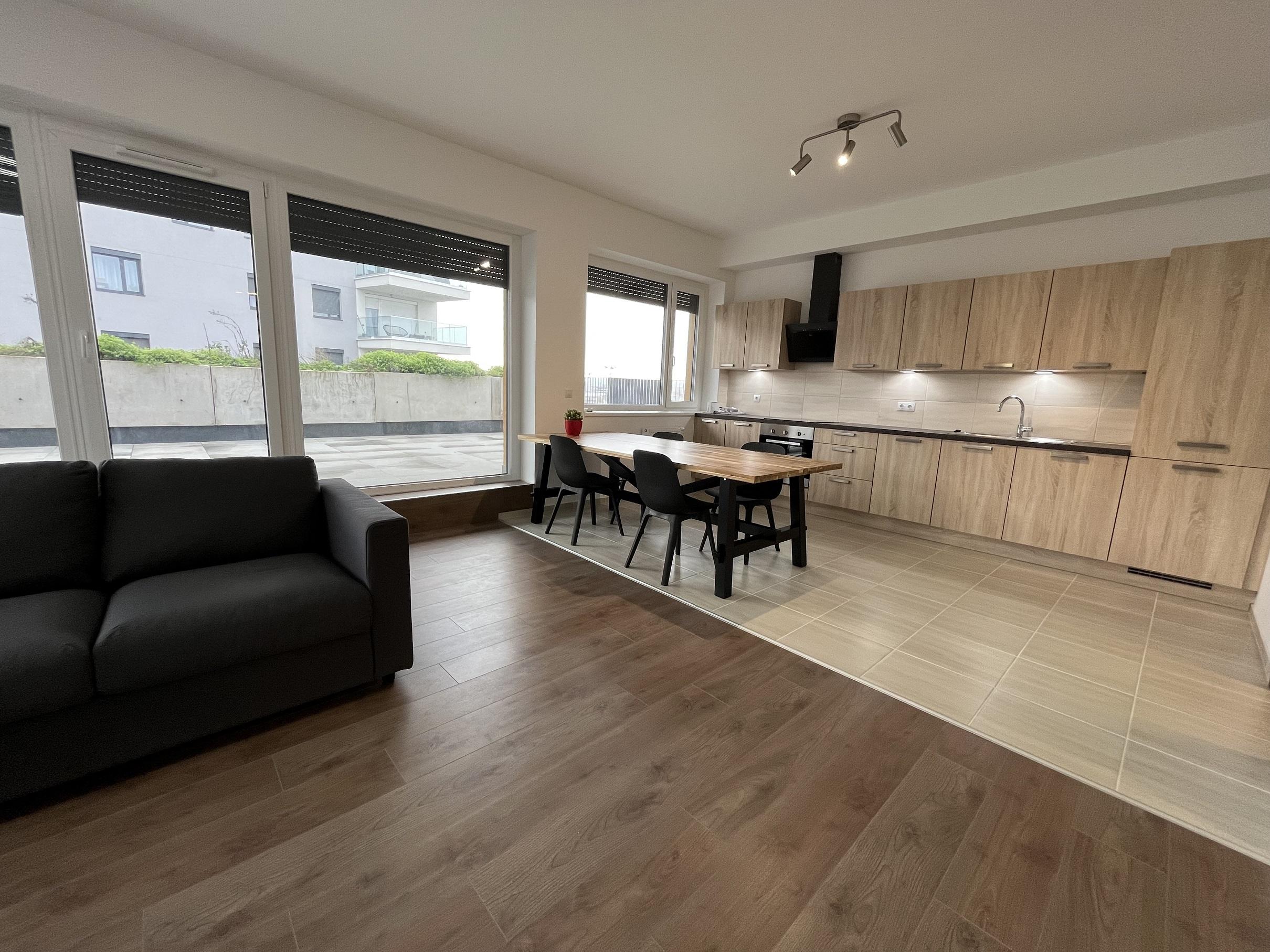DISTRICT XI.
Budapest XI. district is the capital's most populous district. The South Buda district, with its varied topography and appearance, is the capital's western gate in terms of transport.
If we go beyond the hustle and bustle of Bartók Béla út and discover the XI. district - which is the most populous in Budapest - then we get one of the most diverse pictures: the urban atmosphere of the city center and the family atmosphere of the garden city are mixed here, but lovers of the mountains and nature also do quite well here. The eastern border of Újbuda is a pleasant quayside, in some places it can be a place for walks close to nature, since it is bordered by the Danube, although in many places we have the chance to walk near cars and barriers. While in the north the XII. It is bordered by the mountains of the district and the I. district, in the south by the XXII. district and we can see Csepel on the other side of the Danube, until then its western border is already the administrative border of Budapest.
The district is not only great in terms of green space, but also in terms of transport, as it has several transport hubs and a well-developed tram and bus network, so it is not for nothing that it is called the western gate of the capital, and it is also connected to Pest by three bridges: the Rákóczi, the Petőfi and the Freedom Bridge. The tram started from Szent Gellért Square and then from Zsigmond Móricz Square as early as 1898, and it has been considered one of the most important meeting points in Móricz ever since. Subway 4, bus 7, bus 33, and busy tram lines such as 6, 41, 47, 49, 56 or the 61st. But Kosztolányi Dezső tér, Szent Gellért tér, Etele tér and Kelenföld train station are also important hubs, the latter is also crossed by Trans-Danubian trains, so Balaton and Lake Velence are easily accessible even by train.
If we try to collect the most defining buildings of the district, the Citadella, the Szent Gellért Hotel and the campus of the University of Technology would clearly be at the top of the list. Although the Habsburgs built the Citadella as a fortress to instill fear after defeating the 1848-49 War of Independence, today it is mostly a place to enjoy the panorama of Pest. Protected by a 4-meter-high stone wall, the Hungarian Bastille stretches 220 meters from the top of Gellért Hill, and sixty cannons once overlooked the city, but today the Statue of Liberty rises above the city.
